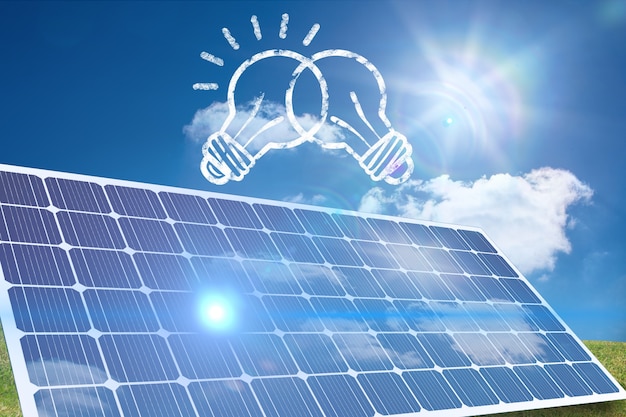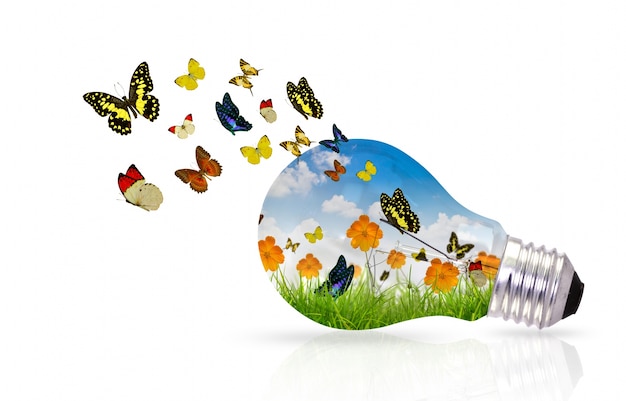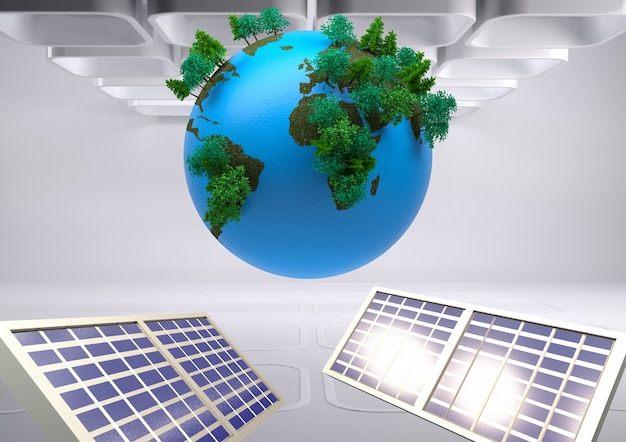
The cryptocurrency was born in 2009 but it still faces several challenges in 2021. These days cryptocurrency is popular and investors are loving it, but many people don’t trust it as a replacement for credit cards and cash.
Cryptocurrency: Challenges and The Future of Crypto
Here are some challenges of cryptocurrency and the future of crypto.
- Volatility and Stability
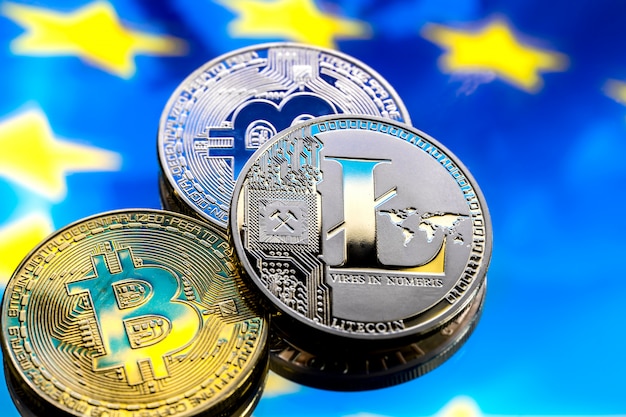
Bitcoin is continuing to rise along with other types of cryptocurrency. But this is not necessarily good news for everyone. The rise in prices is great for investors, but stability is needed to see cryptocurrency gain acceptance.
Stability will allow cryptocurrency to gain value. Rapid increases and decreases in price will erode cryptocurrency’s ability to be widely used.
While Bitcoin seems to be becoming less volatile than before, the same cannot be said for all types of cryptocurrency.

Many crypto disappearing, and new types of cryptocurrency going live. This affecting the overall stability of the cryptocurrency. Regulation will be needed to control the volatility of the crypto.
However, regulation is not hailed by all as a viable solution. Many note that the fact that cryptocurrency is deregulated has many advantages. This is especially true when it comes to providing a way for those who are underbanked to access funds. Furthermore, it allows many vendors to reach a global market while avoiding having to work with traditional banks and credit card companies.
Allowing cryptocurrency to be completely unregulated is preventing cryptocurrency from achieving stability. Without a centralized governing body, many factors can cause the price of the cryptocurrency to change in seconds.

A balanced, well-thought-out plan will be needed to merge the advantages of stability and deregulation.
The volatility of cryptocurrency is also affecting its liquidity. In turn, this makes it more difficult to be used as a medium of exchange. While cryptocurrency can be turned into fiat money through third-party crypto exchanges, leaving your money with a third party can make your money vulnerable to theft.
Some companies are trying to work around this issue. Some platforms will allow buyers to spend cryptocurrency for a good or service while allowing the vendor to directly accept the payment in a fiat currency of their choice.

There are even some cases where cryptocurrency has replaced fiat money altogether in countries with, especially volatile currency. These case studies and examples show the future possibilities of stable cryptocurrencies.
- Educating the Public
The lack of education around cryptocurrency is one of the main barriers for the general population to begin using cryptocurrency. People who are used to technology, especially the younger generation, are loving the idea of cryptocurrency.

The education about cryptocurrency must target people of all ages and technological experience. They need to understand how crypto works.
- Regulation and Speculators
Cryptocurrency has a negative public image. Cryptocurrency has a history of being a part of money laundering schemes and other forms of illegal activity. This has made the idea of adopting cryptocurrency an unsafe idea or a danger for people.

Some countries, like the U.S., have taken steps to regulate cryptocurrency. But critics show that regulations are changing pretty fast.
Cryptocurrency needs to become reliable, both in terms of price and in terms of regulation. Without knowing what to expect when it comes to laws and regulations, it is difficult for people to trust cryptocurrency.
Unidentified users can move large amounts of cryptocurrency into private wallets, causing a supply shortage. These “crypto whales,” as they are called, can therefore have significant influence over the value of cryptocurrency.

Without regulation and monitoring, these crypto whales can be difficult to stop.
A related issue is speculative trading. Many see cryptocurrency as a “get-quick-rich scheme,” not as a new form of currency. This created the Bitcoin bubble that burst back in 2017, wiping out many people’s savings.
Cryptocurrency is not a way to make fast cash, but a stable form of currency.

- Technology and Ease of Use
Using cryptocurrency can be difficult, especially for those who may not be tech-savvy. Buying and selling with cryptocurrency does not have the same ease of use as a credit card or even traditional paper money.
Cryptocurrency needs to become user-friendly before it can see widespread use.

This problem also makes scalability an issue. For cryptocurrency to be scalable, a cryptocurrency needs to be compatible with all types of software. At the moment, cryptocurrency lacks interoperability, meaning quick and easy transactions are difficult to achieve on a worldwide, global scale.
Solving this issue needs the interoperability of blockchain technology.
The Future of Cryptocurrency
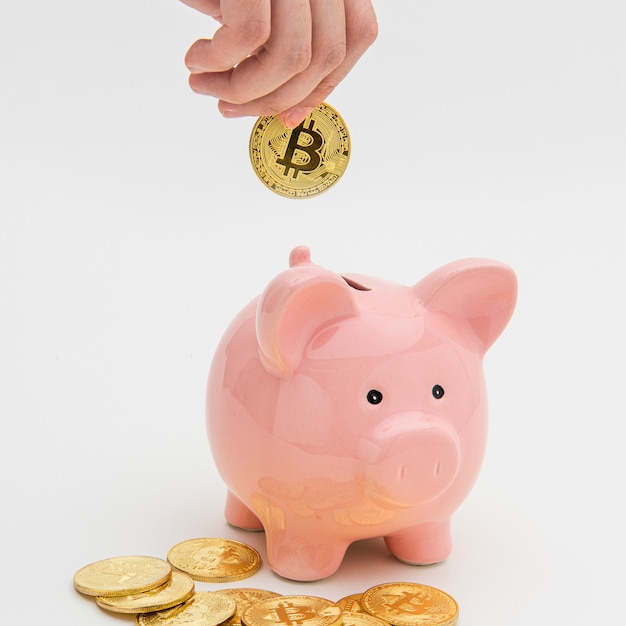
Cryptocurrency is here to stay, but it has a long way to go before it becomes widely accepted as a form of currency. While many companies are making the first steps towards accepting cryptocurrency, it faces several challenges and issues.
Cryptocurrency needs to become less volatile, thus increasing its ability to be liquid. There needs to be more education surrounding cryptocurrency, and it must reach a wider audience.
Regulations and speculative trading need to be addressed, and cryptocurrency technology needs to be usable on a global scale. For cryptocurrency to truly take off, these issues must be overcome.
More Details. https://www.sitepronews.com
















![Bitcoin: Stats and Facts - Is Bitcoin The New Gold? [Infographic]](https://infographicjournal.com/wp-content/uploads/2021/03/ExpensivityCrypto.jpg)


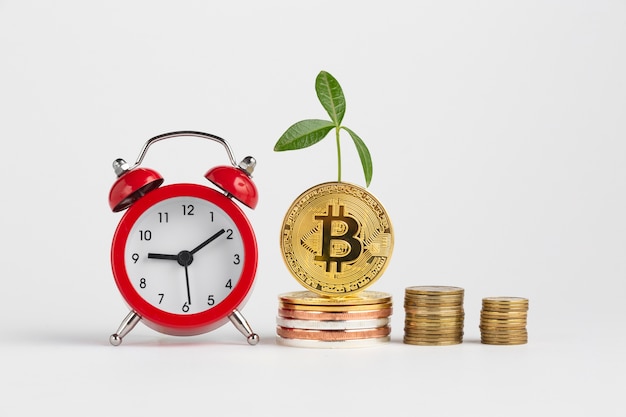

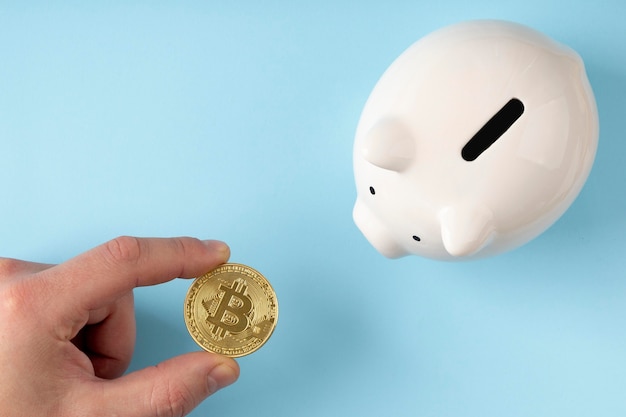

![Energy Market and 6 Types of Renewable Energy [Infographic]](https://www.sitepronews.com/wp-content/uploads/2021/02/storetech-1-618x3626.png)
